An exhibition in Rome on the mysterious Flemish Michael Sweets
TheAccademia Nazionale di San Luca in Rome is hosting an exhibition dedicated to one of the most mysterious Flemish artists of the 17th century, Michael Sweerts (Brussels, c. 1624 - Goa?, c. 1664). Entitled Michael Sweerts. Realities and Mysteries in Seventeenth-Century Rome, the exhibition is on view from Nov. 8, 2024 to Jan. 18, 2025. Curated by Andrea G. De Marchi and Claudio Seccaroni, the exhibition traces the career of an enigmatic painter with a profoundly autonomous style, now considered one of the most original interpreters of the seventeenth century.
Born in Brussels around 1624, Sweerts lived in Rome between 1643 and 1653, where he immersed himself in the city’s vibrant artistic environment, working in close contact with the community of Dutch and Flemish artists. Away from the main currents of the time and sustained by a strong economic independence, Sweerts was distinguished by his realistic and poetic approach to life in 17th-century Rome, which he portrayed in his works without indulging in idealizations. A new and key aspect of the exhibition concerns the recent study of the archives, which has revealed new information about his life and his connections with other artists of the time.
The exhibition’s itinerary includes eighteen works, including thirteen paintings by Sweerts and several antique plaster casts that evoke his passion for sculpture and classicism. Among the works on display, many come from prestigious collections, such as the Académie de France at the Villa Medici, the Spada Gallery, the Capitoline Museums, and the Uffizi Galleries.
The artist developed his own aesthetic by painting scenes of everyday life characterized by a strong realism and a remarkable sensitivity to the less affluent social classes. Sweerts approached the Bamboccianti current and was also inspired by the early works of Caravaggio, particularly the paintings in the Pamphilj collection. His paintings depict popular settings in Rome, with prostitutes, drinkers and artisans, offering a cross-section of humanity that intertwines misery and dignity.
Sweerts also showed an unusual interest in the theme of the sky, which he explored during his time in Rome and deepened even more after his return home. His life and artistic career took a further turn when, moved by a growing religious fervor, he embarked in 1661 from Marseille to the East following a Lazarist mission, probably dying in Goa, India, around 1664.
Another significant aspect of the exhibition is the didactic approach Sweerts applied in his Roman workshop, conceived as a true school for young artists, whom he encouraged to find a personal voice rather than imitate his style. Through studio portraits and scenes of artists-in-training, the exhibition reveals this pedagogical passion and its role in teaching art as a lived discipline.
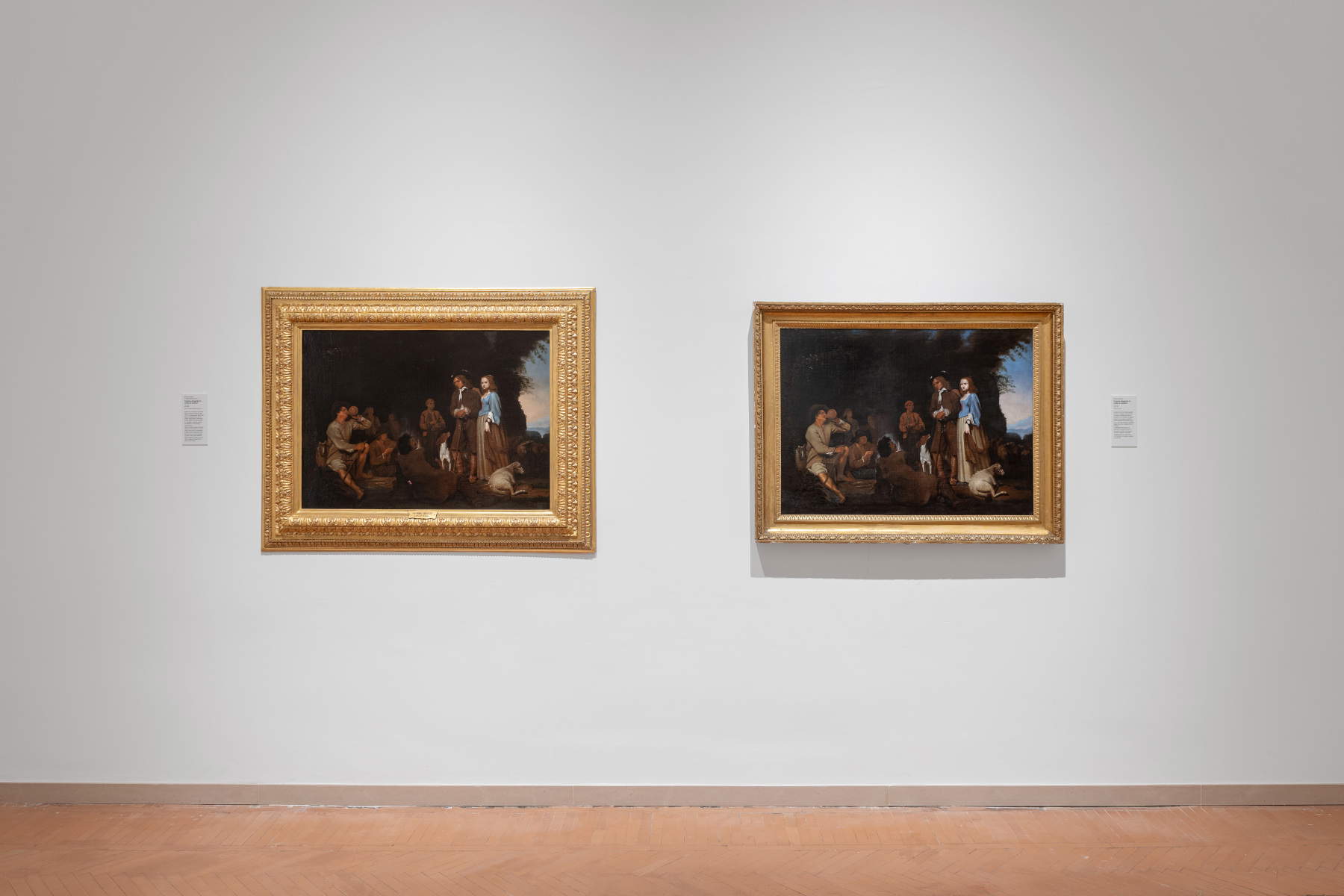
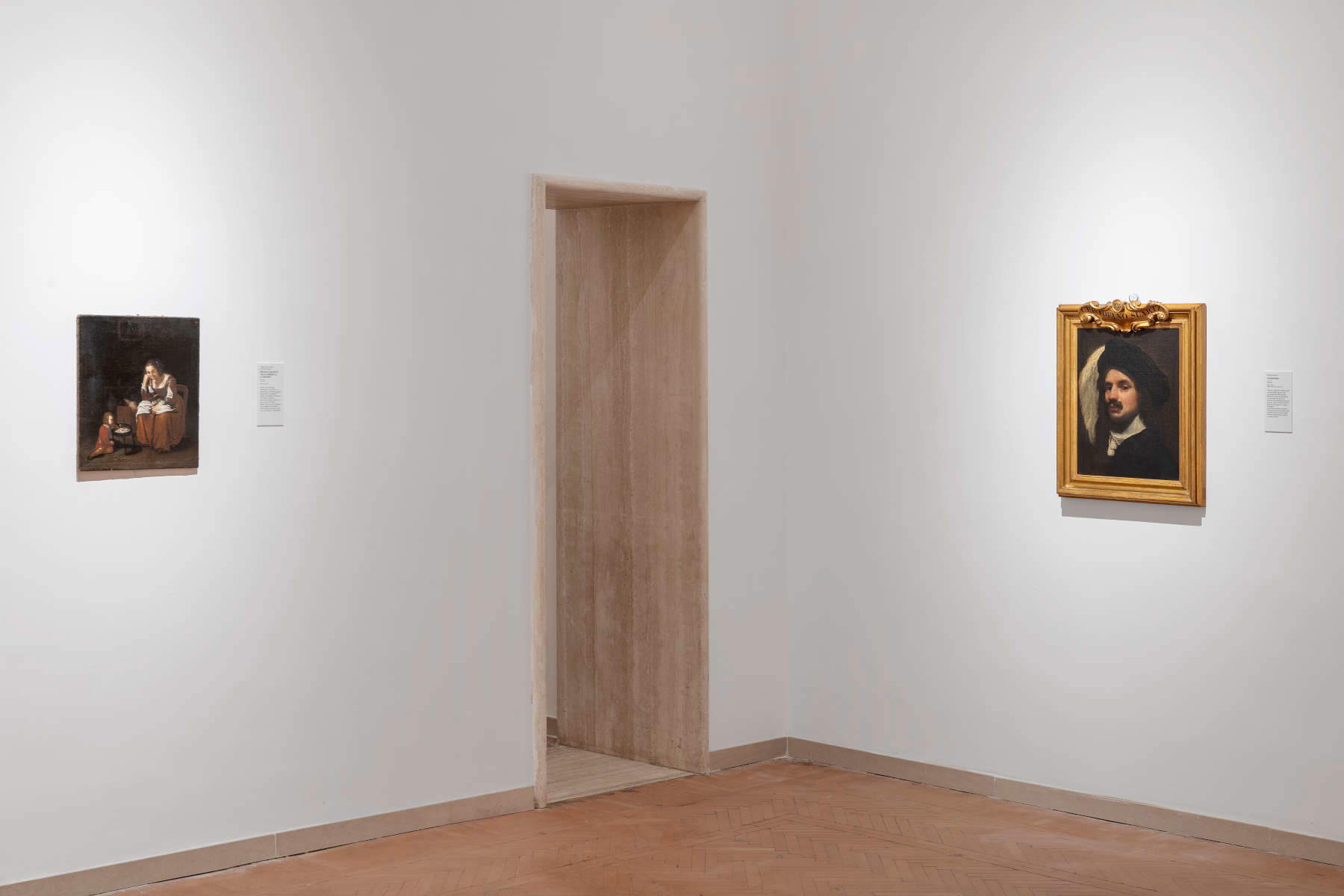
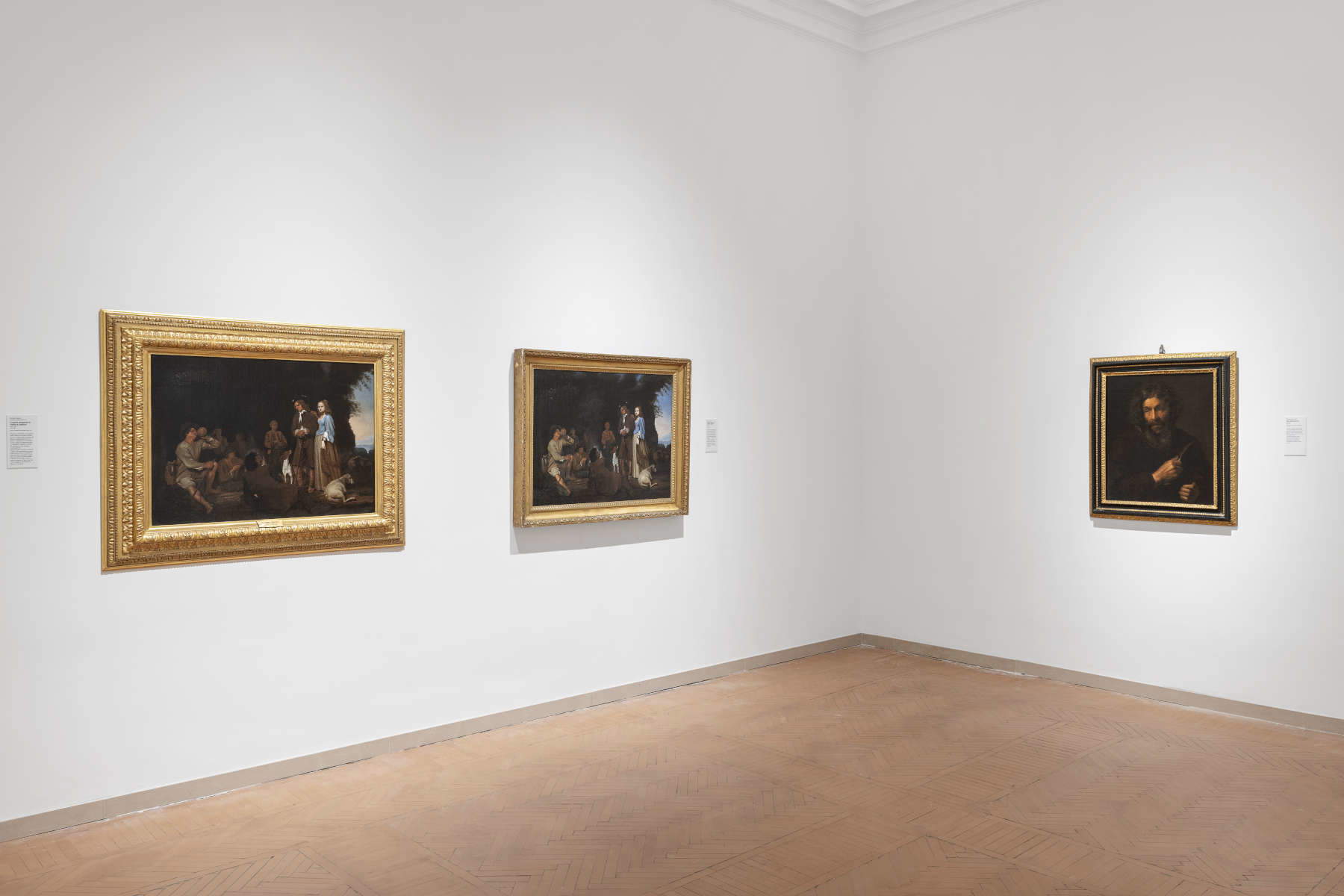
Who was Michael Sweerts
There are few and often discordant records of his life. He certainly belonged to one of the seven most influential aristocratic families in Brussels, which had been at the top of institutional offices for centuries. While the baptismal record-which could, however, refer to a namesake-is dated September 29, 1618, repeated statements by the same painter nevertheless indicate his birth around 1624 and arrival in Rome in 1643. Before that time there are no other traces of Sweerts. From 1646 to 1651 he resided in Rome on Via Margutta, where many French, German, Flemish, and Dutch artists lived. In the holy year of 1650 he obtained from Pope Innocent X the appointment as Knight of the Golden Spur, “for birth, as well as for being excellent in the Science of Painting.” This honor was reserved for nobles, where artists were usually promoted Knights of Christ. However, despite the significance of the title, Sweerts would never display this decoration in his portraits.
From the fall of 1651 to the late spring of 1652, his presence is documented in the orbit of Camillo Pamphilj, nephew of the pontiff and noted collector of works by Caravaggio, Claude Lorrain and Gaspard Dughet. In 1653 in Spoleto, on his way back to his homeland, he painted the Portrait of the Lodoli family, as the results of the research carried out for this exhibition indicate. Back in Brussels, documents prove that between 1655 and 1656 he founded and financed an art school, for which he applied for tax concessions from the municipality.
He then comes into contact with the Lazarist Missions Étrangères, who are organizing an expedition to the Gulf of Tonkin. In 1660 he is documented in Amsterdam, then resides in Paris and in 1661 moves to Marseille to embark with the Lazarists for the Orient. Geopolitics determines the route of this mission, with a first stop in the Holy Land. He then spends two years between Syria and Persia, where he continues to paint for local lords, finding new inspiration. Finally he resumed his journey to India, but it was at this time that relations with the mission leader deteriorated, to the point of breaking down altogether within sight of the Indian Ocean.
Like the birth, Sweerts’ death is still shrouded in mystery. Various hypotheses suggest dramatic outcomes, however. Perhaps dumped battered on India’s southwestern coast,or voluntarily estranged, mad and wandering, the records of the Missions Étrangères would show him to have died in 1664 in Goa, with the antagonistic Portuguese Jesuits.
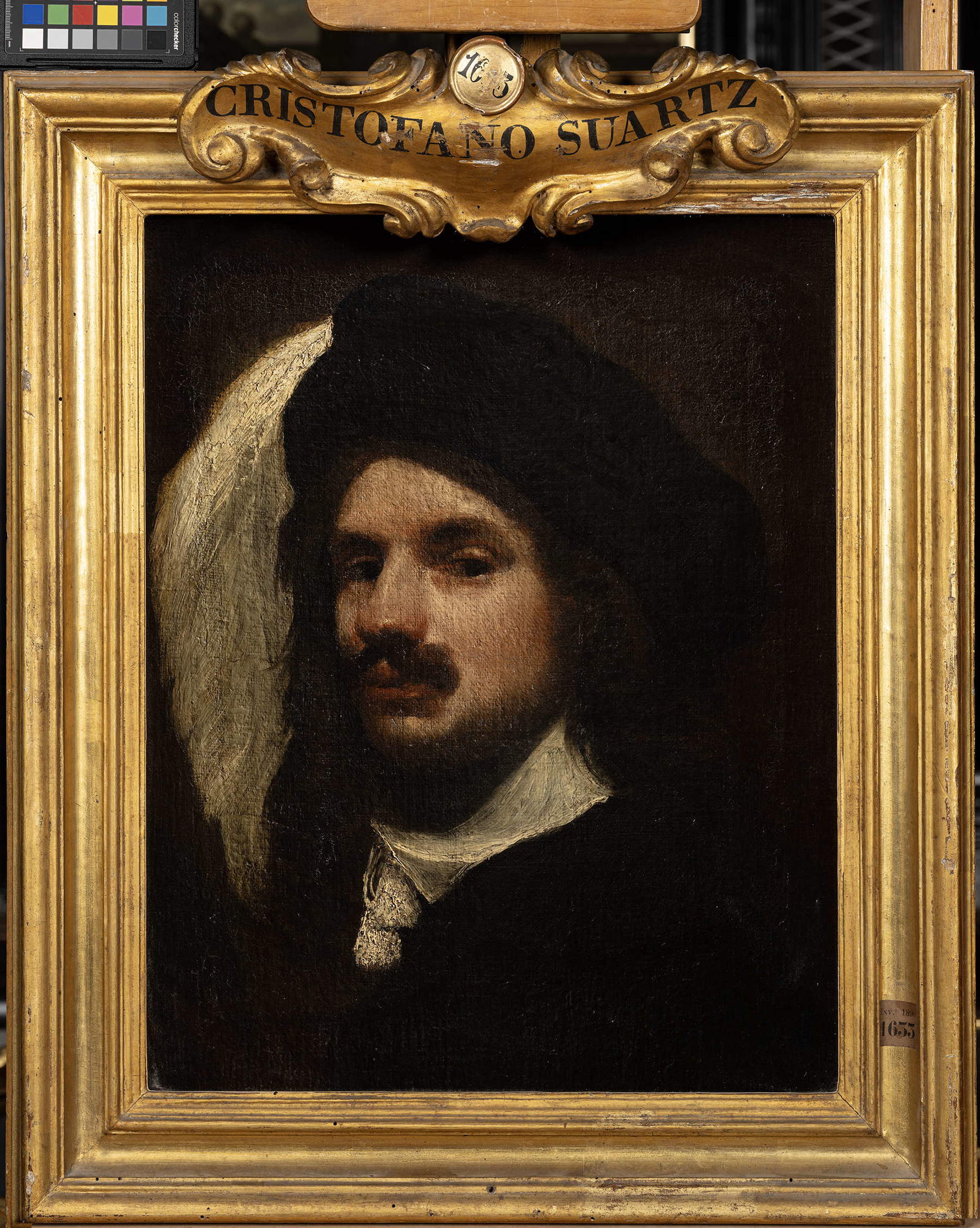
The works and style of Michael Sweerts
The fascination of Michael Sweerts’ works and the mysteries surrounding his life profile an artist outside the box of his contemporaries.
Ignored by the art writers of his century, he was beloved by some of the great art historians of the 20th century, such as Roberto Longhi, Vitale Bloch and Giuliano Briganti. Other scholars, pol, have tried to clarify the many questions with sometimes emphasized solutions and, more recently, with an actual novel. His articulated expressive path saw him develop in the decade he spent in Italy (1643-1653) a nonmonumental realism, made up of scenes with small figures revolving around recurring iconographic themes, such as young prostitutes and old drinkers, sometimes situated in urban foreshortenings that illustrated the splendors and miseries of Rome.
In Rome he studied the canvases of the young Caravaggio, acquired by Camillo Pamphilj at the very same time Sweerts was working for him. He came in contact with several Italian artists and also influenced painters who came from central Europe, such as Wolfgang Heimbach or Jodocus van de Hamme, equally far from Baroque and classicism.
Roman is his first language, close to the bamboozlers, but purged of lighthearted and cynical tones. He expresses a profound seriousness, which still sounds mysterious, through paintings, often small in size, connoted by a certain realism of themes and forms, devoid of Caravaggesque gloom, inferred from real and not infrequently recognizable models. In a second moment, coinciding with his return to Brussels, the sky becomes the background for figures characterized by greater compositional relief. In the final phase he adopts Dutch stylistic features that have brought Vermeer to mind.
It is a parable, his, in which lineage and a particular vocation for teaching are intertwined, comprising a professional initiation of young people that in the nineteenth century would have been called philanthropic. Of this aspect of his Roman activity, in addition to documentary traces, poetic and morally sustained representations remain. Prominent in his paintings are the tools of education, such as plaster casts and earthenware, portrayed so realistically that of some it is possible to see, from one work to the next, the degradation over time. Certain casts have even become a cipher in Sweerts’s lexicon: above all the scorticato, probably created by the artist himself on the direct imprint of a corpse. These are typically Roman traces that from this era onwards would begin to spread to northern Europe.
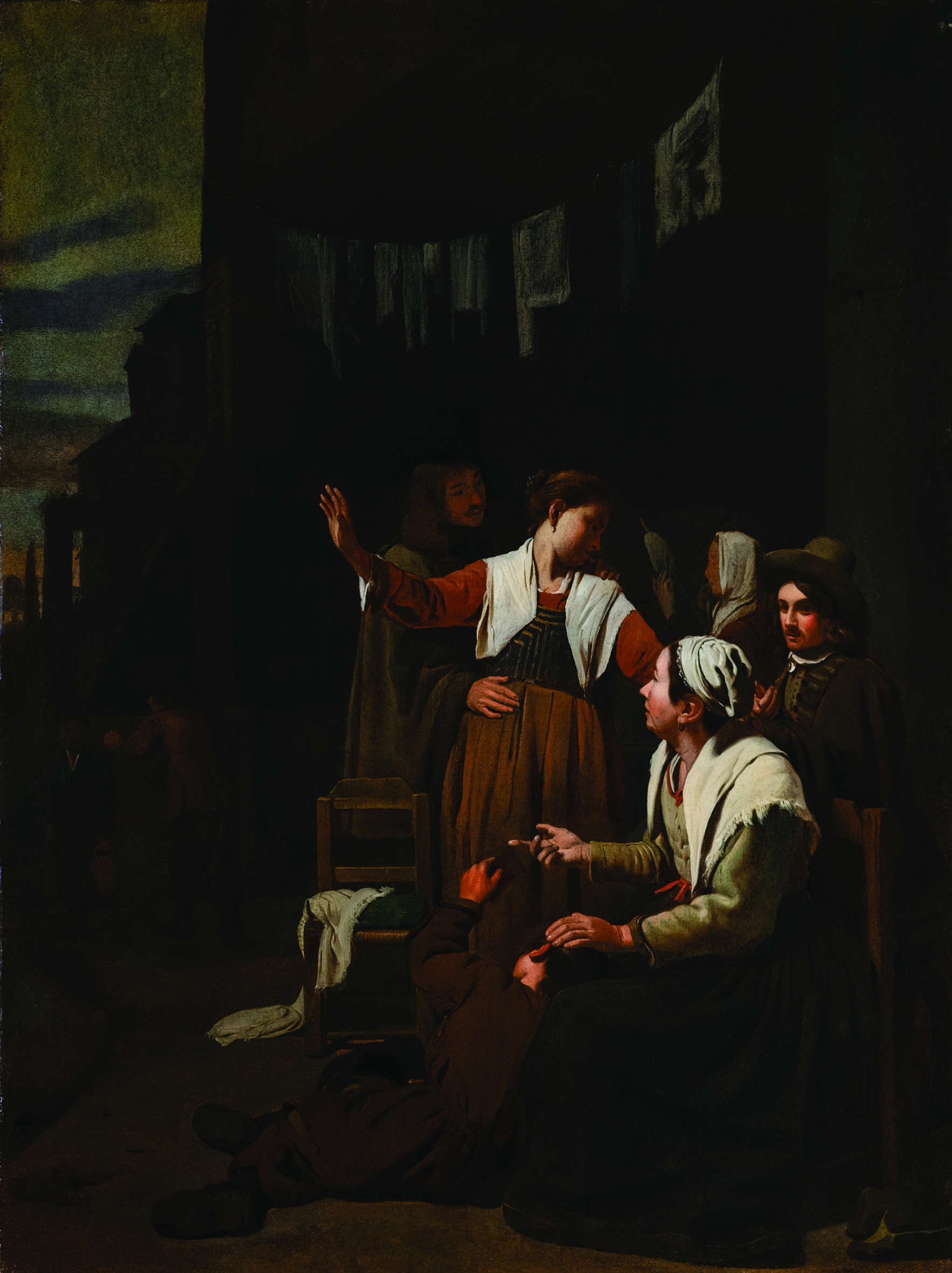
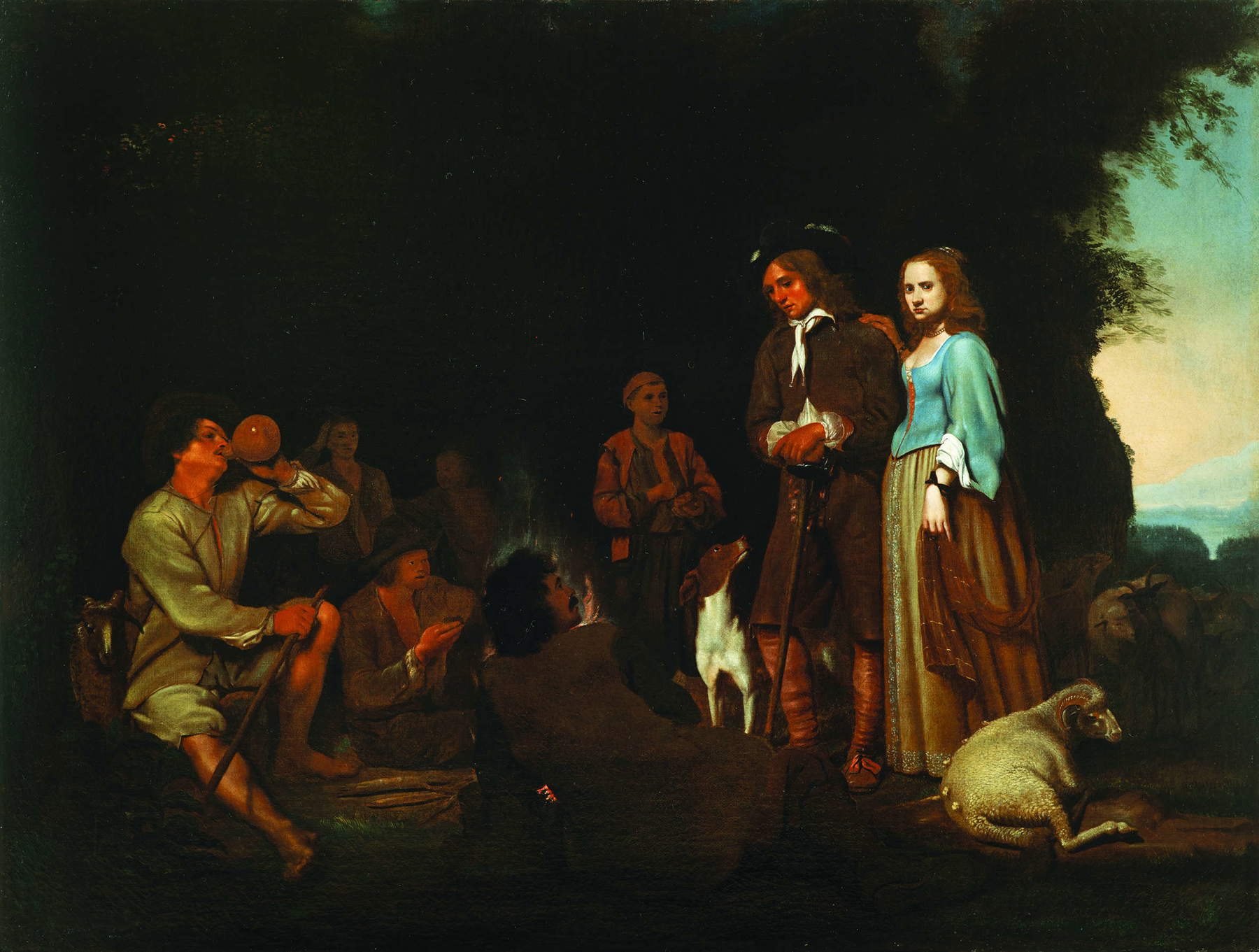
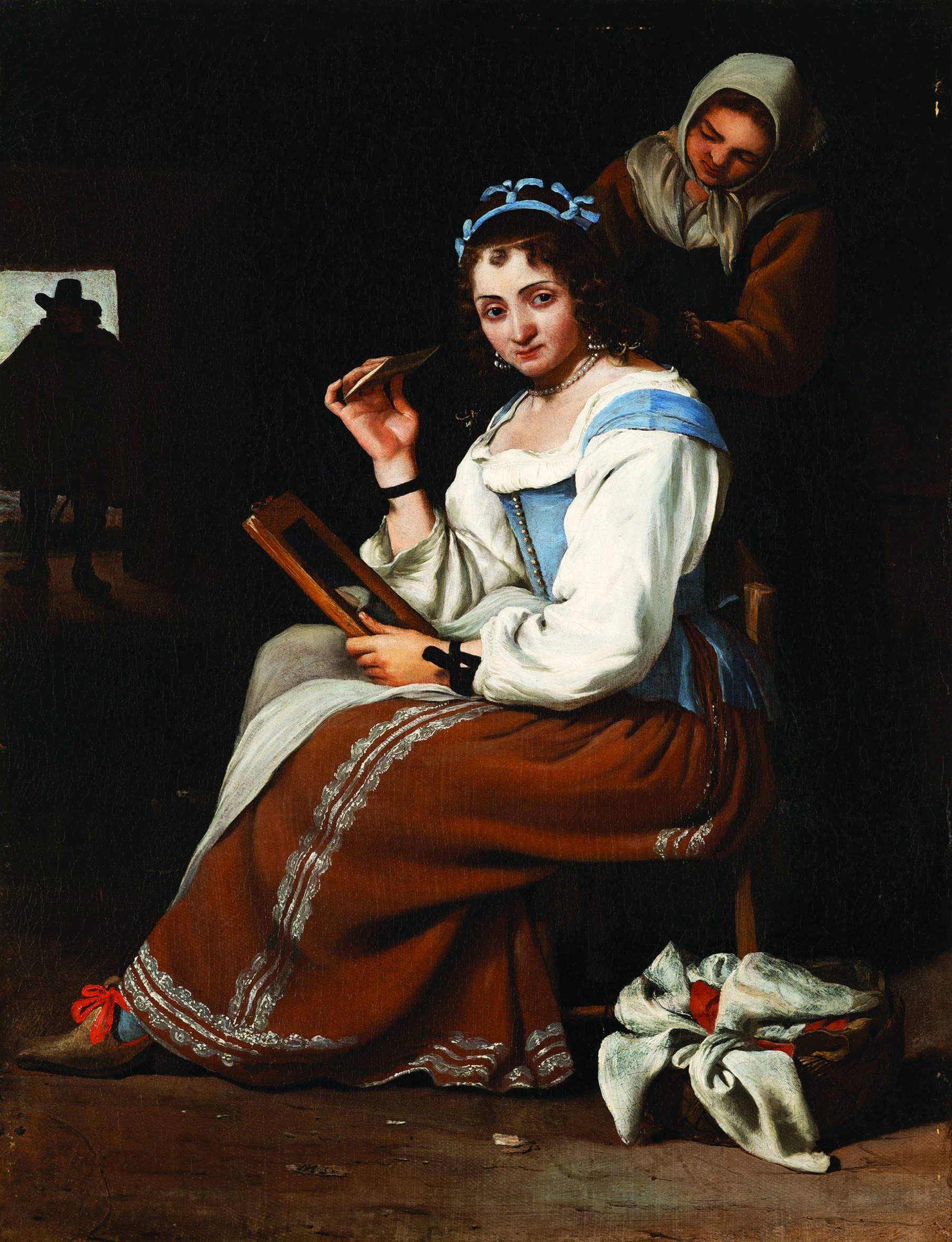
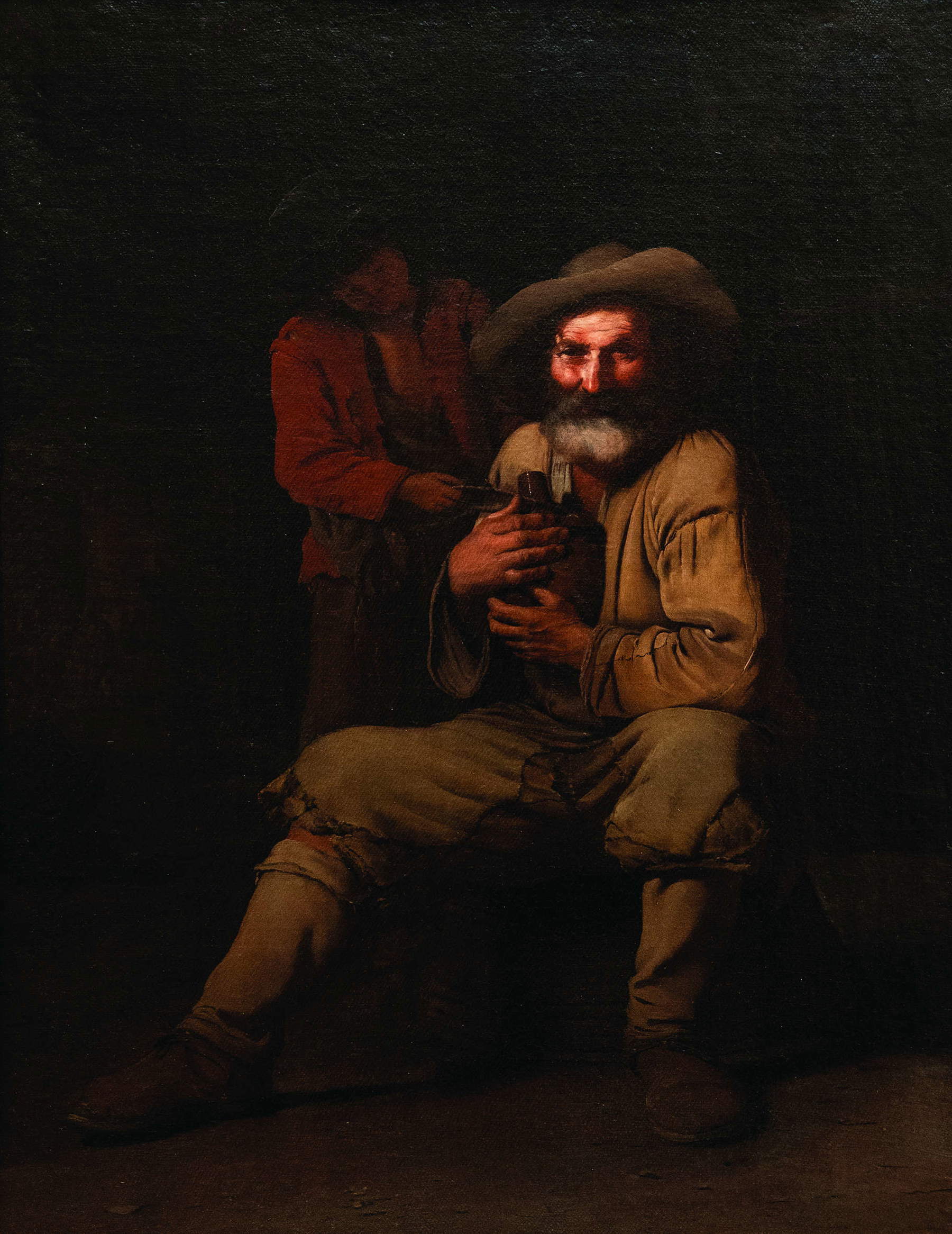
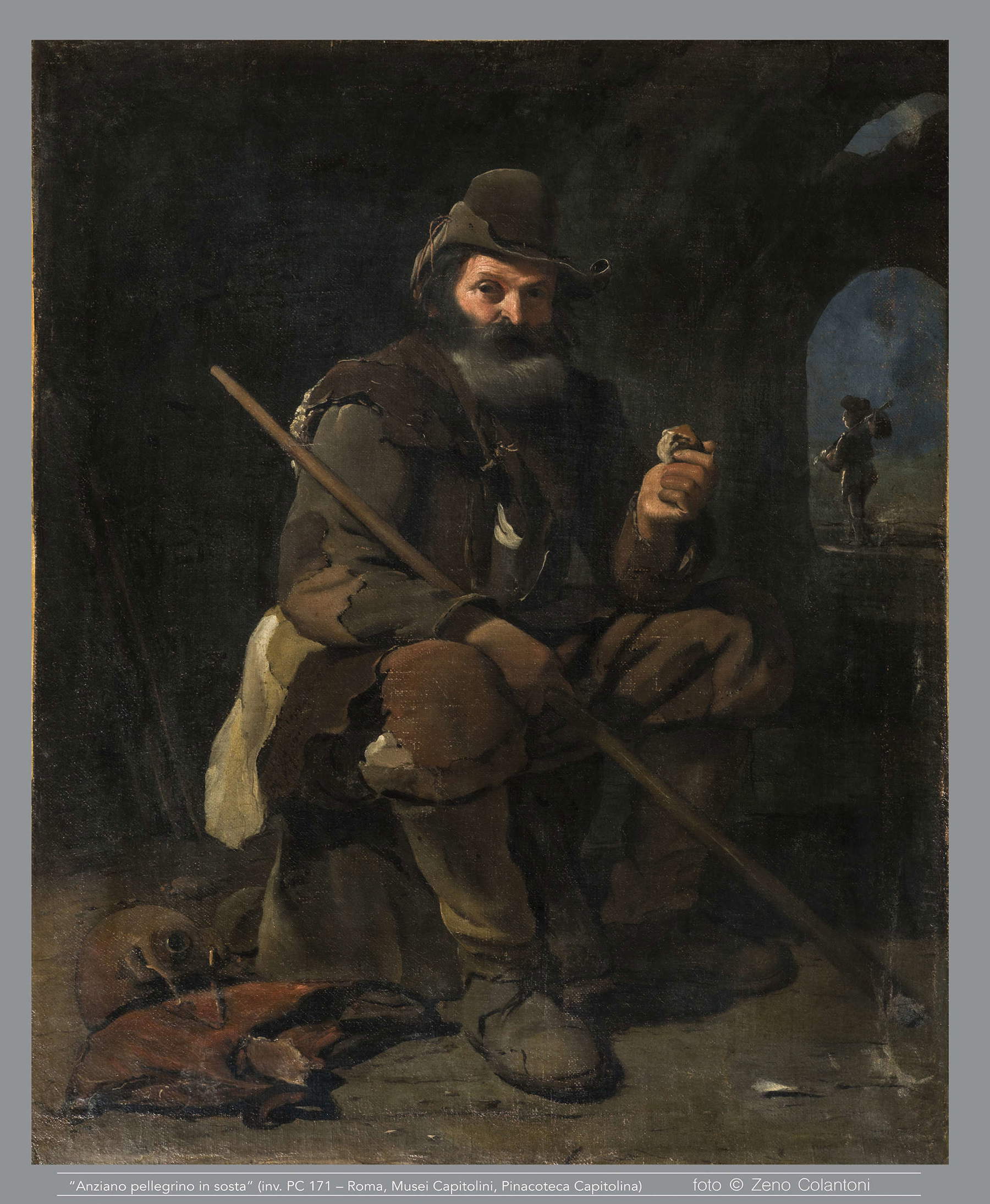
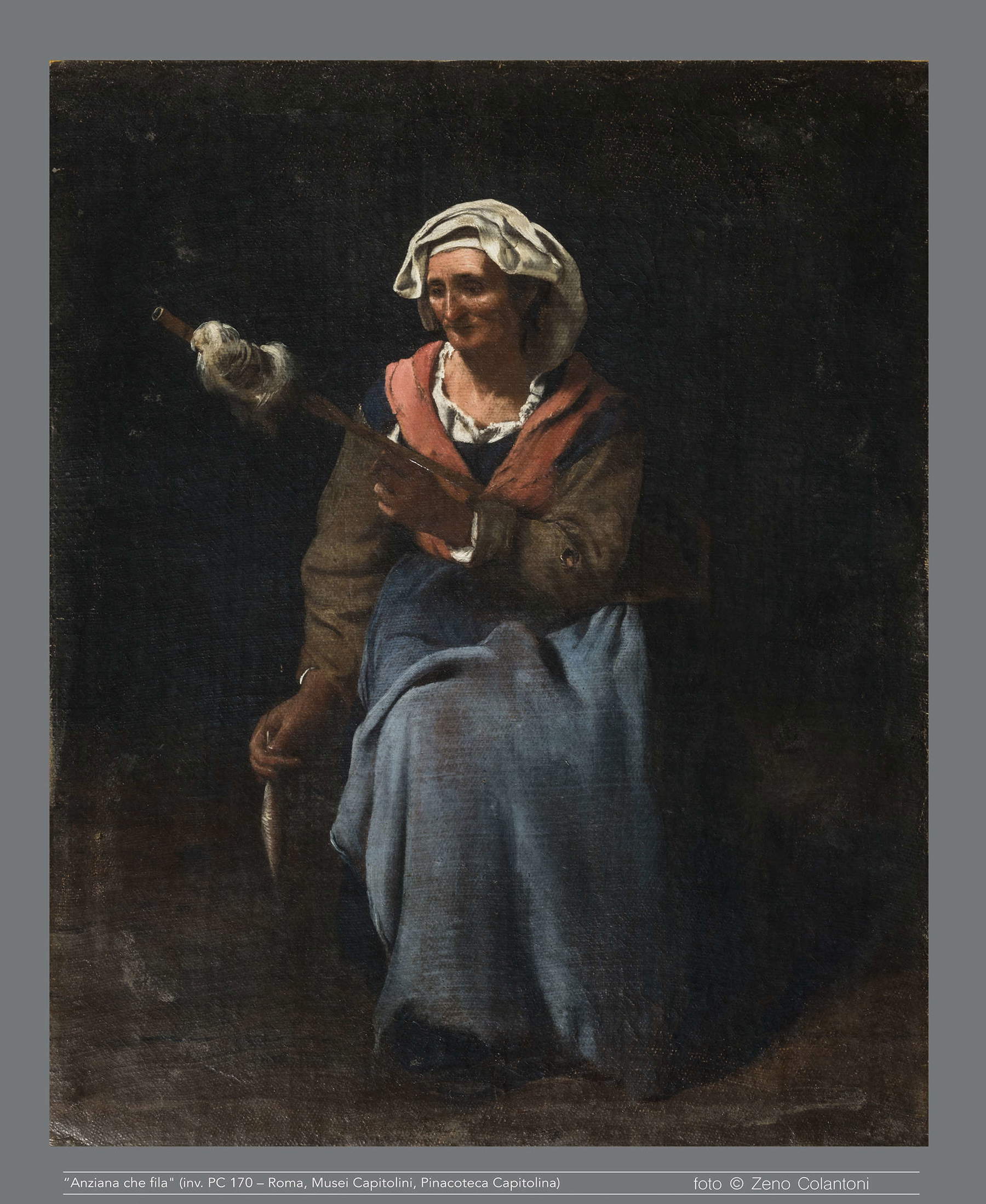
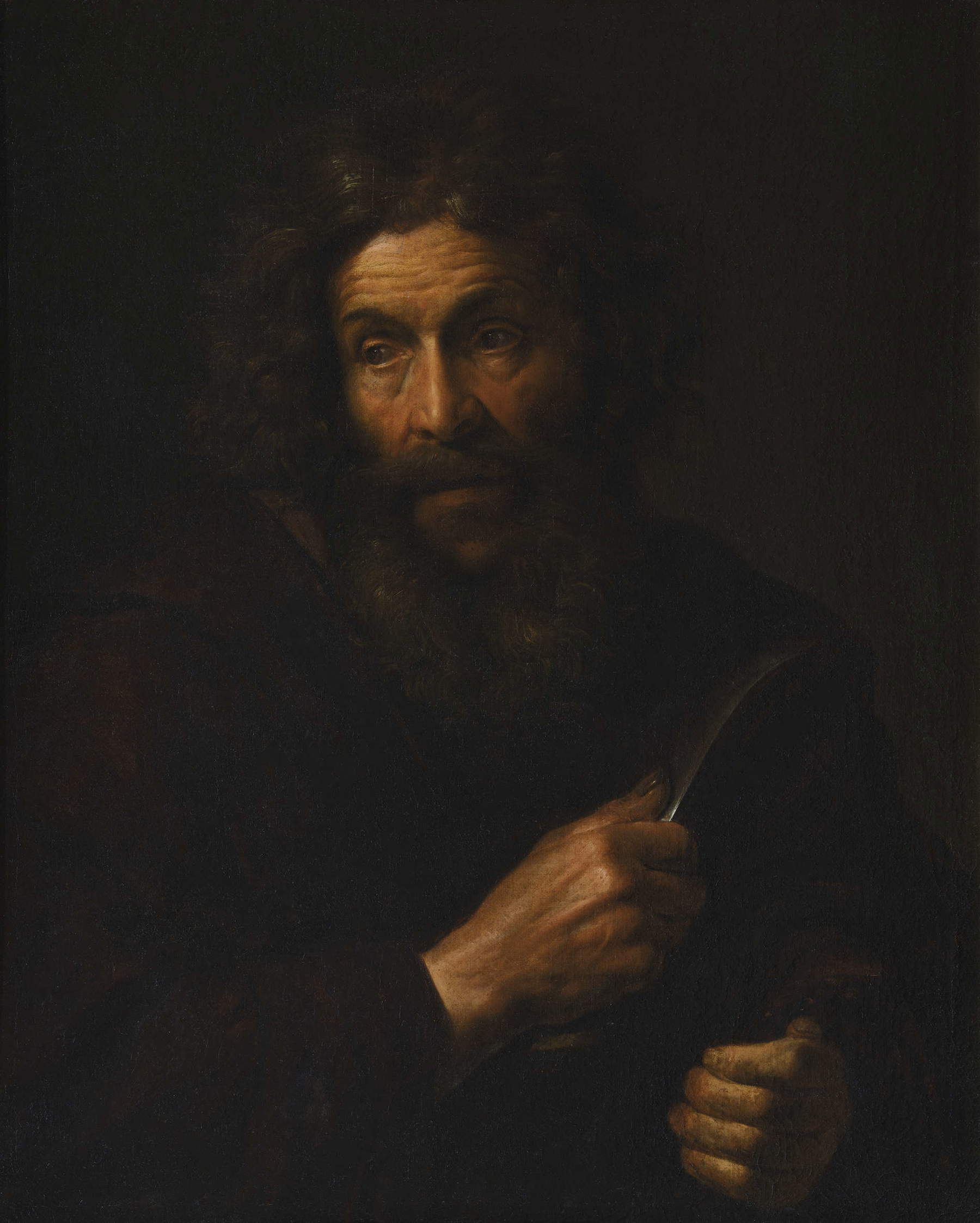
About the exhibition.
Accompanying the exhibition is a bilingual (Italian/English) catalog with essays by critics Andrea G. De Marchi and Claudio Seccaroni that explore Sweerts’ artistic production in depth. The publication features an introduction by Marco Tirelli, president of the Academy, and an introduction by General Secretary Claudio Strinati, as well as contributions by Fabrizio Carinci, Rachel George and Stefania Girometti.
The exhibition invites the public to rediscover an enigmatic talent and a fascinating historical period, offering a unique look at the artistic life of seventeenth-century Rome and the ties that united the city with the foreign painters who were part of it. Hours: Tuesday to Friday from 3 to 7 p.m., Saturday from 10 a.m. to 7 p.m., closed Monday and Sunday. Free admission. For information: www.accademiadisanluca.it, telephone 06 6798848, 06 6798850.
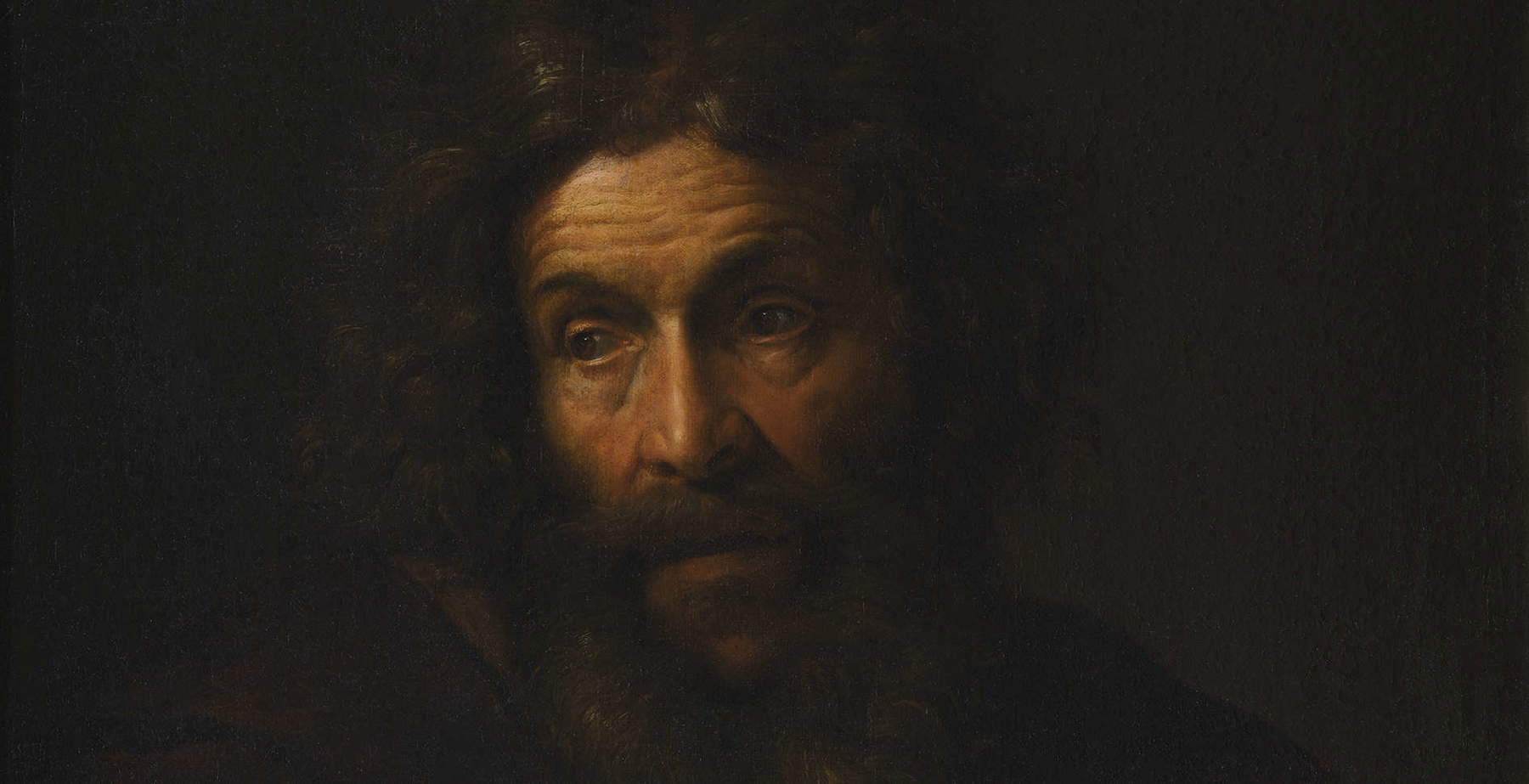 |
| An exhibition in Rome on the mysterious Flemish Michael Sweets |
Warning: the translation into English of the original Italian article was created using automatic tools. We undertake to review all articles, but we do not guarantee the total absence of inaccuracies in the translation due to the program. You can find the original by clicking on the ITA button. If you find any mistake,please contact us.



























